Introduction
Lifting equipment, also known as lifting gear, is any device that is used to lift or lower loads in various industries and applications. Lifting equipment can range from simple ropes and pulleys to complex cranes and hoists, depending on the nature and size of the load, the height and distance of the lift, and the safety and efficiency requirements.
They are essential for many sectors, such as construction, manufacturing, mining, transportation, agriculture, and health care. It can help improve productivity, reduce manual labour, prevent injuries, and comply with regulations. However, lifting equipment also poses significant risks if not used properly, maintained regularly, or inspected thoroughly. Therefore, it is important to know the different types of lifting equipment, their functions, advantages, disadvantages, and best practices.
In this blog, we will introduce you to 15 of the most common types of lifting equipment, and provide you with some useful tips on how to choose and use them safely and effectively.
15 Most Common Types of Lifting Equipment
Cranes
Cranes are used to lift and lower heavy materials and to move them horizontally. They are commonly used in the construction industry and in manufacturing heavy equipment. The most common types include mobile gantry cranes, jib cranes, engine cranes, and rough terrain cranes. Cranes use various methods to lift loads, including a hoist rope, chains or wire ropes, and sheaves. Safety is paramount when operating cranes, and operators must be adequately trained.

Electric Chain Hoist
Electric chain hoists are powered by an electric motor, which drives a pulley system to lift or lower loads. They are often used in industrial settings where heavy loads need to be moved frequently. The electric motor provides a high level of efficiency and reduces the need for manual labour, making these hoists a popular choice for many businesses.
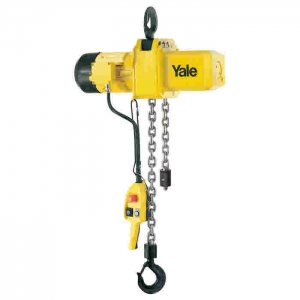
Chain Blocks
Chain blocks, also known as manual chain hoists, are operated by hand. They use a system of gears and a chain to lift or lower loads. These devices are often used in areas where there is no power supply available. They are a cost-effective solution for lifting heavy objects and are commonly used in construction, automotive, and manufacturing industries.
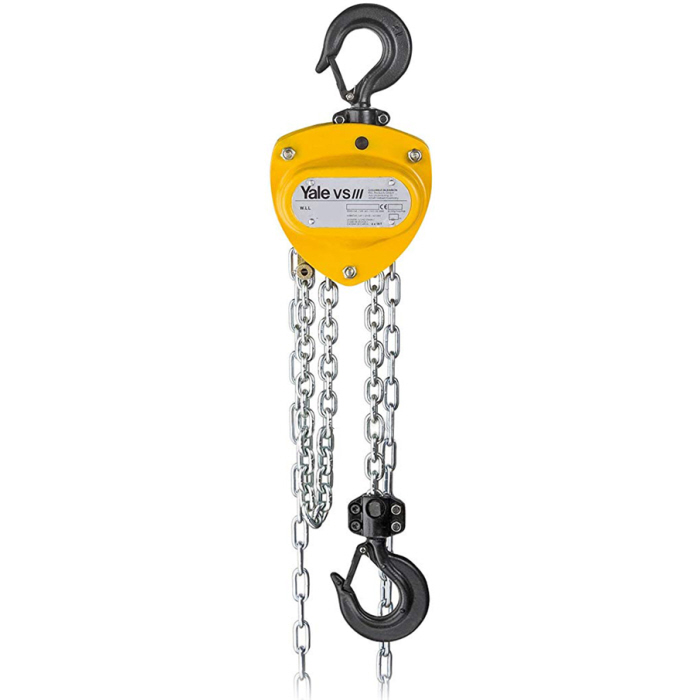
Lifting & Lashing Points
Lifting and lashing points are secure attachment spots on a load that are used for lifting or lashing. They are designed to accommodate hooks, chains, or slings and are critical for safe lifting operations. These points must be robust and reliable to ensure the safety of the lifting process.
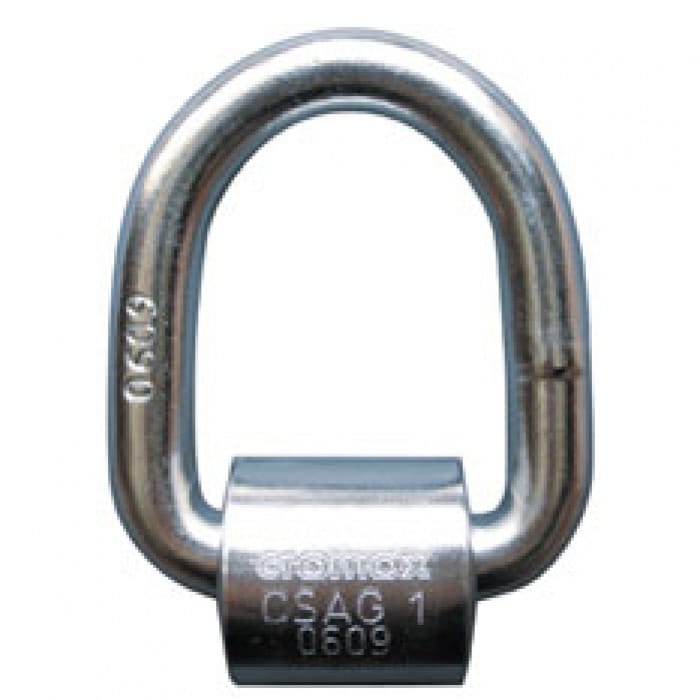
Shackles
Shackles are U-shaped pieces of metal that are secured with a pin or bolt across the opening. They are used in lifting operations to connect wire rope, chain, and other fittings. Shackles are versatile and come in different shapes and sizes for various applications.

Lifting Beams
Lifting beams are long, robust beams that are designed to be attached to a hoist. They distribute the load evenly and increase stability during the lifting process. Lifting beams are commonly used in heavy-duty and industrial lifting operations due to their strength and durability.
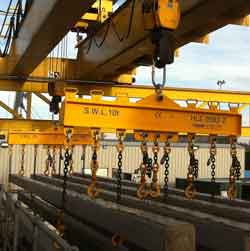
Chain Slings
Chain slings are made of metal chains and are used for heavy-duty lifting applications. They are durable, adaptable, and resistant to high temperatures and cuts. Chain slings are often used in industries such as construction and manufacturing for lifting heavy loads.
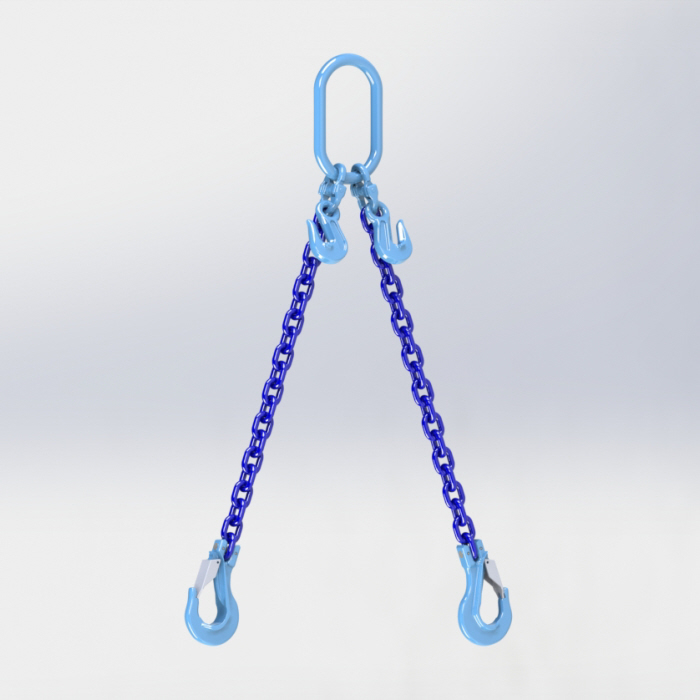
Wire Rope Slings
Wire rope slings are made from multiple strands of wire twisted into a helix. They are known for their strength, flexibility, and resistance to abrasion and heat. Wire rope slings are used in many industries, including construction, mining, and oil and gas, for lifting heavy load
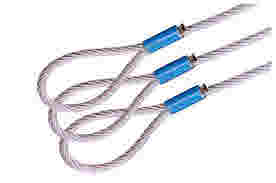
Lifting Magnets
Lifting magnets use magnetic properties to lift heavy metal objects. They are commonly used in scrapyards to move large pieces of scrap metal but are also found in steel mills and foundries. Lifting magnets come in various sizes and lifting capacities, and some are designed to lift round objects like pipes, while others are better suited to flat objects.
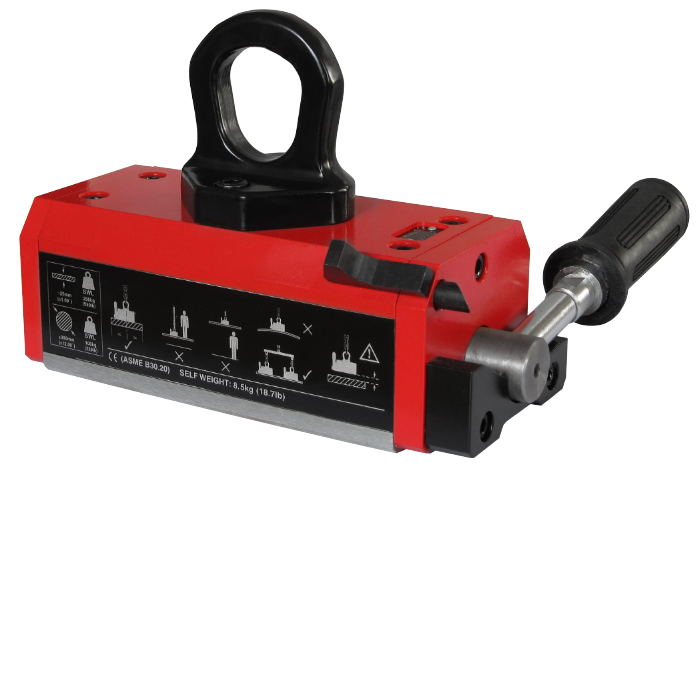
Winches
Winches are used to pull in, let out, or adjust the tension of a rope or wire rope. They are commonly used in towing, mooring, and load lifting applications. Winches can be manually operated or powered by an electric, hydraulic, pneumatic, or internal combustion drive. They consist of a spool and a hand crank, and when a load is attached to the rope or cable, it can be wound in or out to move the load.
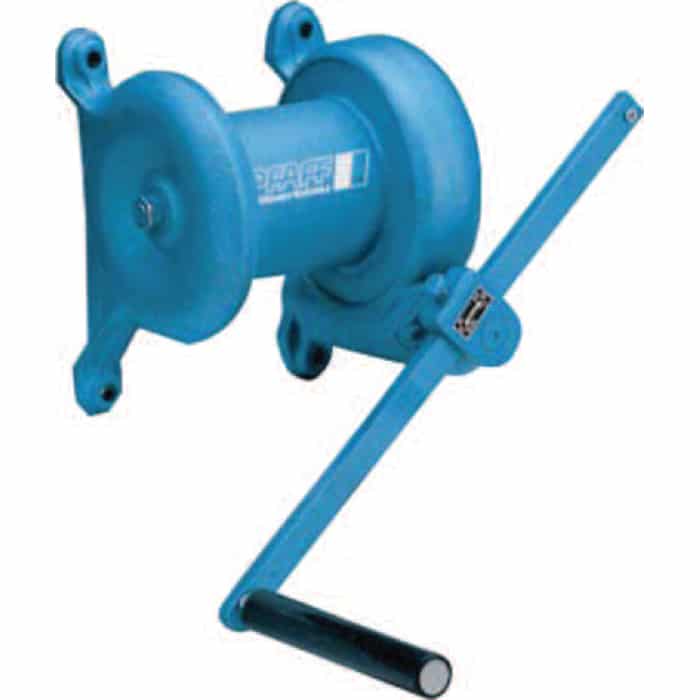
Jacks
Jacks are devices used to lift heavy loads or apply great forces. They use mechanical advantage to allow a human to lift a vehicle off the ground for tire changing or to lift a building to replace a foundation. Jacks come in many types and sizes, each designed for a specific application. Some of the most common types include car jacks, house jacks, and hydraulic jacks.
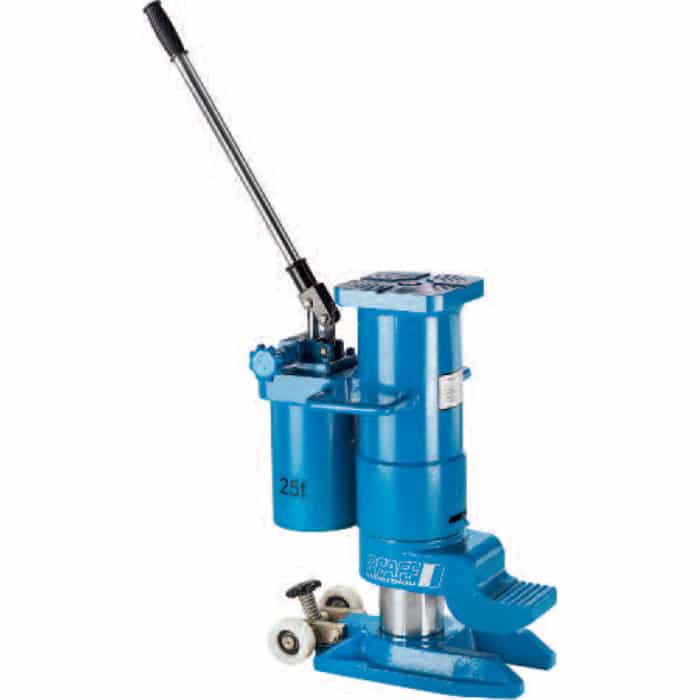
Lifting Clamps
Lifting clamps are a versatile piece of lifting equipment used to hold or secure objects tightly together to prevent movement or separation through the application of inward pressure. In the context of lifting equipment, clamps are often used to handle materials such as steel plates, concrete slabs, or pipes. They come in various types, including beam clamps, plate clamps, and pipe clamps, each designed for specific types of loads.
Beam clamps are used to provide a lifting point on a beam or girder, while plate clamps are designed to lift and transport steel plates vertically. Pipe clamps, on the other hand, are used to lift, transport, and position pipes or round bars.

Drum Lifters
Drum lifters are used to lift and transport cylindrical drums. They are commonly used in the chemical and food industries, where they are used to moving drums of liquid or loose material. Drum lifters come in various types, including forklift-mounted, hoist-mounted, and crane-mounted models. They provide a safe and efficient way to move drums without the need for manual handling.
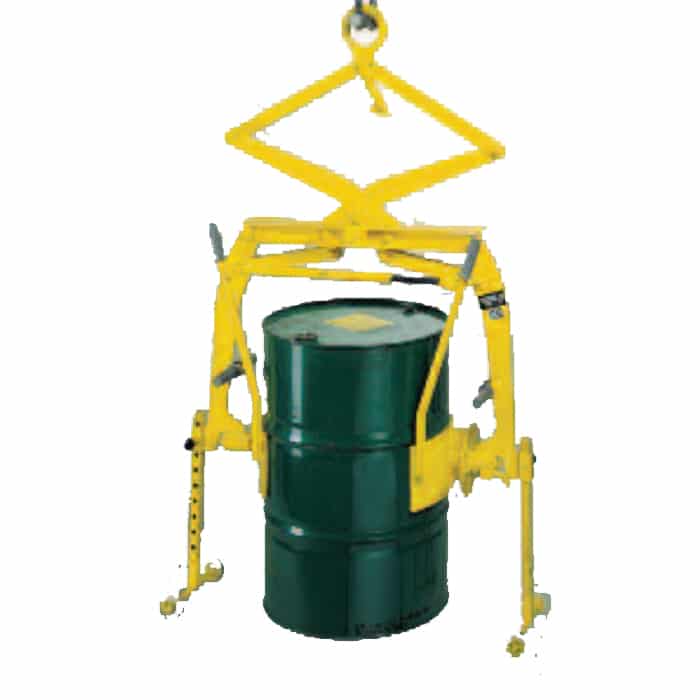
Choosing the Right Type of Lifting Equipment for your Project
Choosing the right type of lifting equipment for your project can be a challenging task. Here are some factors to consider:
- Nature of the Project: The type of project you are working on will largely determine the kind of lifting equipment you need. For instance, if you are working on a construction project, you might need a crane to lift heavy materials to great heights.
- Weight and Size of the Load: The weight and size of the load to be lifted are crucial factors. Heavy loads may require forklifts or cranes, while lighter loads may be handled with hoists or pallet trucks.
- Height Requirement: The height to which the materials need to be lifted is another important factor. Scissor lifts, cranes, and AWPs are suitable for projects that require lifting to great heights.
- Space Constraints: The available space in the project site also plays a role in the choice of lifting equipment. In tight spaces, compact equipment like pallet trucks or stackers might be more suitable.
- Budget: The cost of the equipment is also a significant factor. It’s important to choose equipment that fits within your budget but still meets your project’s needs.
- Safety: Safety should always be a priority. Ensure that the lifting equipment has the necessary safety features and meets all relevant safety standards.
Looking for a Lifting Equipment?
Whether you’re overseeing a construction project, managing a warehouse, or working in an industrial setting, having the right lifting equipment is crucial for the efficiency and safety of your operations.
At Hawk Lifting, we understand the importance of reliable and high-quality lifting equipment. We offer a wide range of products, from lifting slings and clamps to hoists and winches, all designed to meet your specific needs. Our equipment is sourced from trusted manufacturers, ensuring durability and performance.
But we’re not just about selling equipment. Our team of experts is always on hand to provide advice and guidance, helping you choose the right equipment for your project. We also offer comprehensive after-sales support, including maintenance and repair services, to keep your equipment in top condition.
So why wait? Elevate your operations to new heights with Hawk Lifting. Contact us today to find out how we can help you with your lifting equipment needs. Your success is our priority.
